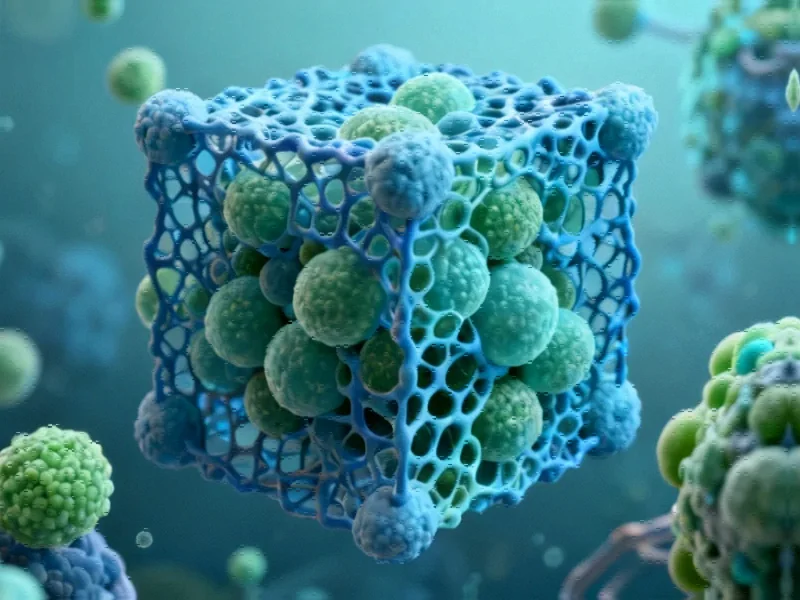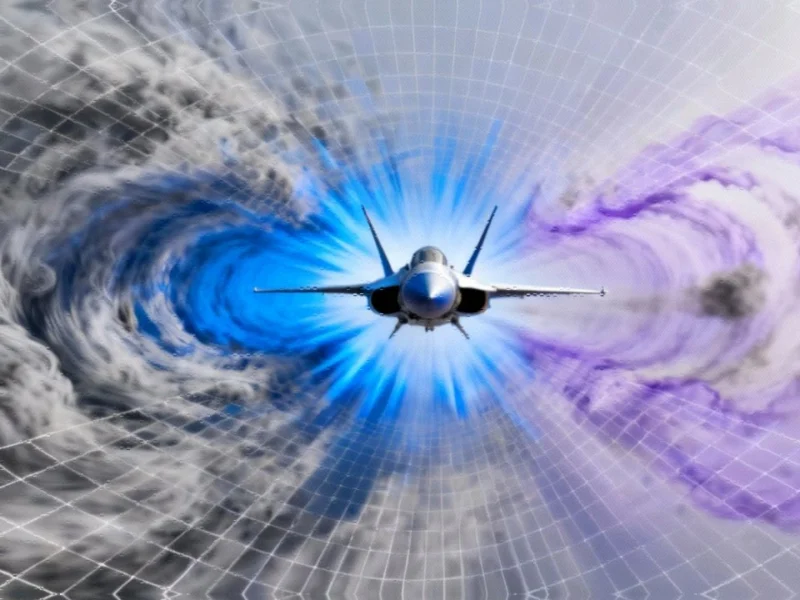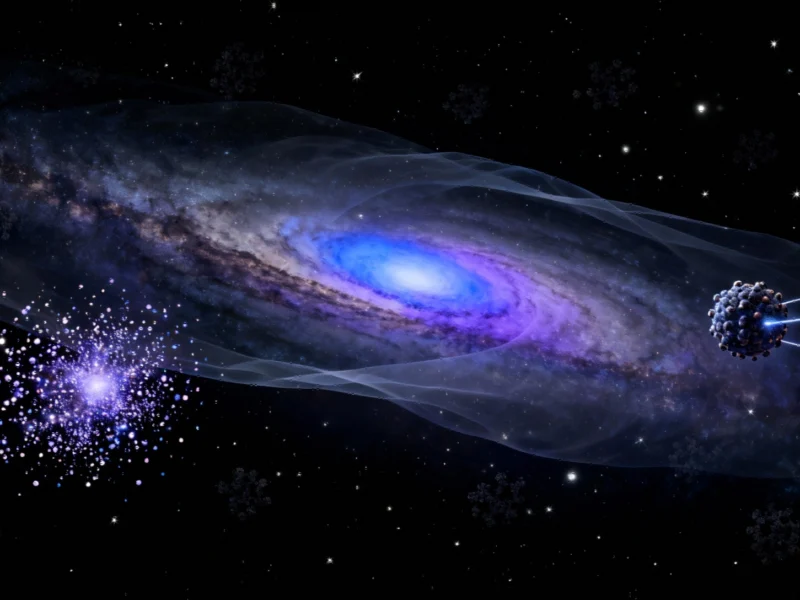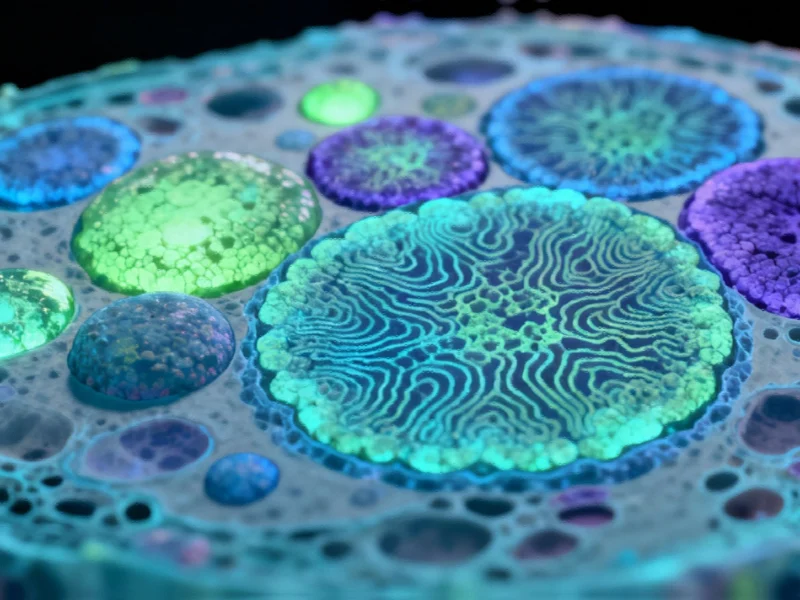Follow-up observations by the James Webb Space Telescope have confirmed that gamma-ray burst GRB 250702B represents the most energetic cosmic explosion ever documented. The unprecedented event, which flared for a full day rather than minutes, occurred in an unusually large, dusty galaxy, challenging conventional understanding of stellar deaths.
Unprecedented Cosmic Explosion Detected
Astronomers have confirmed the detection of what sources indicate is the most energetic cosmic explosion ever recorded, according to a recent paper available on the arXiv preprint server. The event, designated GRB 250702B, was initially spotted by NASA’s Fermi Gamma-ray Space Telescope on July 2, 2025, and has since challenged existing models of stellar collapse with its extraordinary characteristics.









